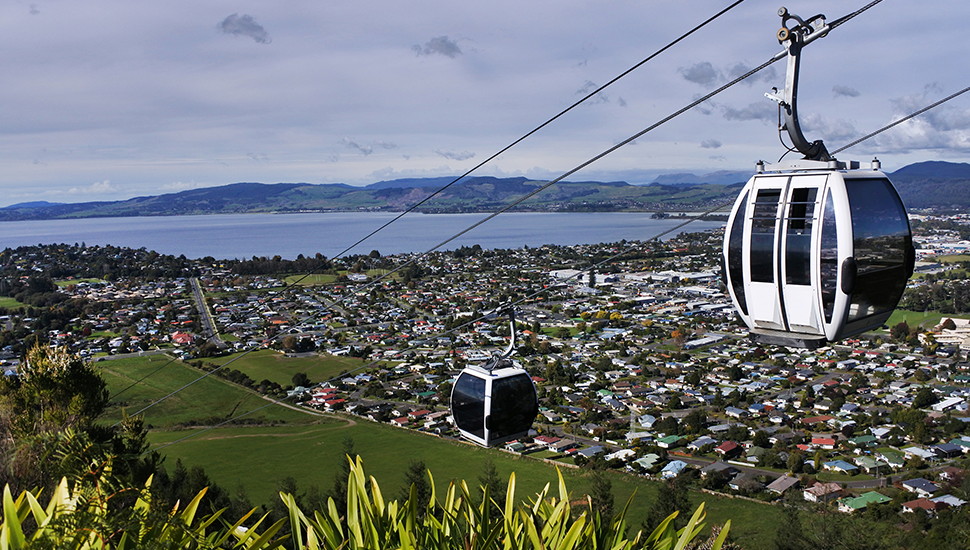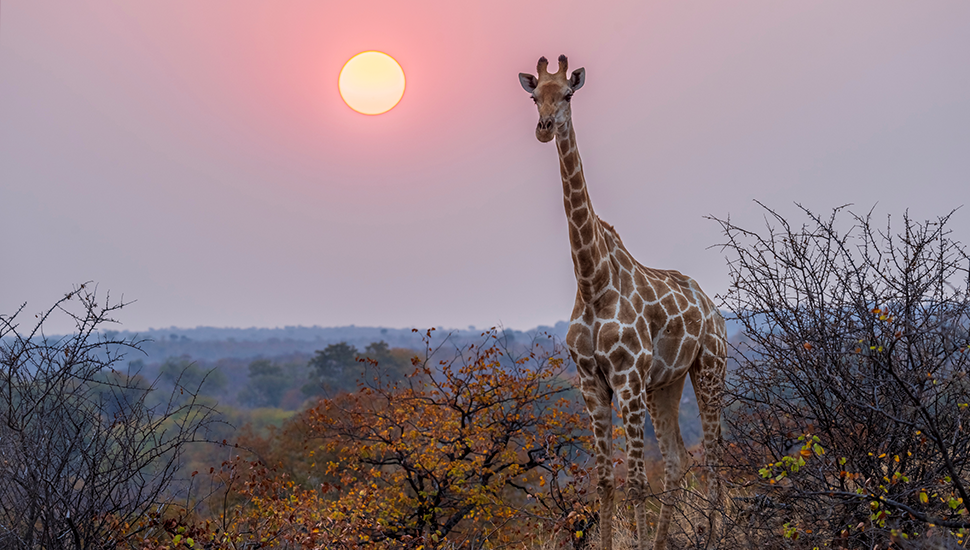Best Places for Southern Hemisphere Stargazing
Fancy peering into the Milky Way? Head south of the equator and you'll be rewarded with some of the best stargazing spots on the planet. Read our Southern Hemisphere stargazing travel guide.
Few experiences put things into perspective quite like gazing up at the star-dusted inky void.
Down on the planet's surface, astronomical objects usually take the form of gas bills and bottles of olive oil. But turn your head skywards, and there are astronomical objects of a quite different kind.
If you're a Northern Hemisphere stargazer, you'll be familiar with constellations like the Northern Cross, Altair, and the old classic, NGC 6751.
But the night sky of the Southern Hemisphere offers quite a different experience - not least because everything's upside down (at least from the perspective of us Northerners!).
Indeed, Northern Hemisphere star-fans only know half the story.
The South presents us with some incredible viewing opportunities - including bright stars nearest to Earth. While the North lets us peer into the vast Universe, the South directs us towards the Milky Way's galactic centre.
There are simply more celestial bodies to see down South. Aside from the Milky Way's bright heart, you'll have ringside seats to Alpha Centauri, the Southern Pointers, and the Southern Cross.
In this stargazing travel guide, we explore some of the top astronomy destinations to enjoy the Southern Hemisphere's dazzling night sky.
Atacama Desert, Chile
Chile is a stargazer's paradise, with a clutch of world-famous viewing points located up to 5,000m above sea level.
HARPS, ALMA and the Very Large Telescope reveal the dazzling secrets of the Milky Way - and much besides. The Elqui Domos observatory also makes for a rewarding visit: its two Schmidt-Cassegrain telescopes provide wonderful, sharp images of the moon, various planets, and narrow-field views of many other deep-sky sights.
It's little wonder Chile is the preeminent site for Southern Hemisphere stargazing.
Mashatu, Botswana
Some of the world's darkest skies are in Africa, yet the continent is often overlooked in favour of more famous viewing locations.
A case in point is the almost completely cloud-free Kalahari Desert. Mashatu Tented Camp, in particular, is well set up for galaxy-gazers. Nestled in the bush, this private reserve offers eight private tents pitched beneath mighty Baobab trees.
As well as being one of the best stargazing spots to enjoy galactic phenomena, there's walking safaris, horse riding and photographic tuition on offer.
NamibRand Nature Reserve, Namibia
With its light pollution-free skies, NamibRand has become a go-to location for astronomy photographers and stargazers. It's one of just three gold-rated International Dark Sky Parks on Earth.
Among the many NamibRand star-spotter resorts, andBeyond offers one of the more luxurious experiences, with its state-of-the-art Celestron telescope, air-conditioned suites and the possibility of booking hot air balloons and helicopter rides over the epic local landscape.
Gane and Marshall, meanwhile, offers a more affordable experience, where you get to sleep under the stars.

New Zealand
Ascend Mount Ngongotaha on the North Island by gondola and experience exceptional views of the night sky.
Skyline Rotorua offers 75-minute guided tours, as well as the adrenaline-pumping Skyswing Rotorua (among the many daytime activities to consider).
PurePods, meanwhile, have a number of glass-roofed cabins that allow you to enjoy the stars from the comfort of your bed. These romantic pods are located in Waikino, Kerikeri, Rotorua, Auckland and Cromwell and cost £325 per night.

Cape Town, South Africa
View the Crux constellation in stunning clarity at the South African Astronomical Observatory (SAAO) in Cape Town.
The SAAO also runs a network of other observatories, including the Sutherland site, home to the South African Large Telescope (SALT) among others.
Amateur astronomers may be put off by the high-level nature of the SAAO, but open nights are held on the 2nd and 4th Saturday of every month.
Besides stargazing, Cape Town presents a host of top-notch attractions, including the Table Mountain Aerial Cableway, Victoria & Alfred Waterfront and several art galleries.
Get a Quote

